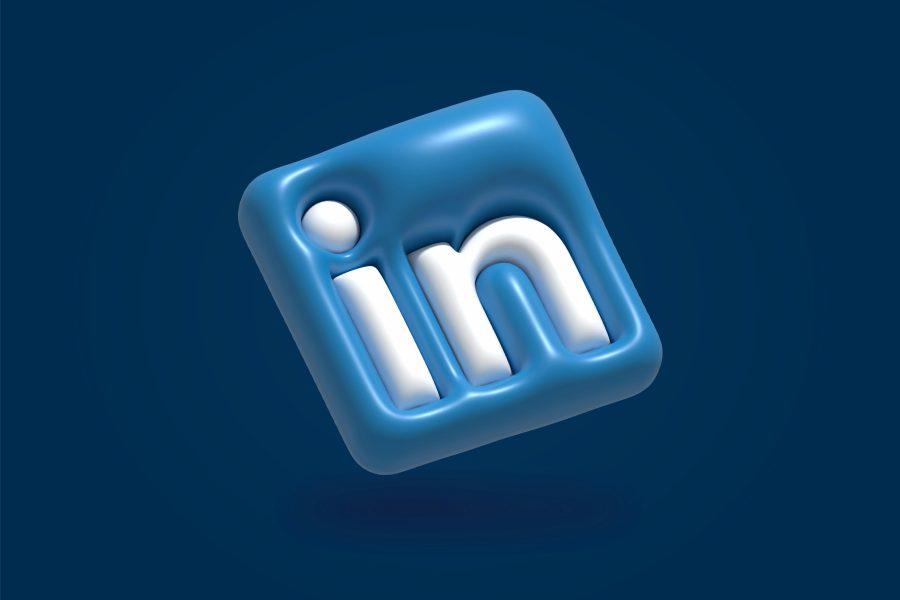Business is still about people connecting with people. So it makes sense that posts on personal LinkedIn profiles receive more attention than corporate pages. It’s important to actively engage from your personal account – in addition to your company profile.
But your posts also need to be meaningful. I often see people sharing that they’re going to an event – with no further comment or call to action. We’re already bombarded with a lot of content, without yet another picture of somebody at a conference.
Instead, how about a pre-event post that shares what you hope to learn and why you’re excited about attending. And then a post-event post, highlighting key takeaways, new connections, and insights that will benefit your audience.
Here’s one I made earlier. I like this one too by my friend Richard(not a plug – I just liked the post because he offers useful tips).
Of course, writing interesting posts takes time. So you need a strategy to make sure it happens consistently.
Here’s one way. Get someone (ideally a good and organised writer) to hold you accountable. Meet them regularly to share your vision for your LinkedIn profile and discuss ideas for your next post. They can draft posts for you – you simply proof and approve them before they go live.
And suddenly, your expertise is out there, in front of your target audience, instead of knocking around in your brain. If you much prefer to do it yourself, then plan well ahead so you always have a few posts in reserve. Here are a few pointers to help you on your way:
- Focus on content that drives business value. It’s great to add a personal touch, but don’t forget your business goals.
- Create a realistic posting schedule. So what if you can only manage once a fortnight? Quality is more important than quantity, especially to start with.
- Create content that benefits and speaks to your audience.
Getting started and optimising your posts for the LinkedIn algorithm can feel overwhelming, so keep it simple to start with. A great first step is to share your posts with colleagues or close friends for feedback before publishing.
And if you want us to help you shine on LinkedIn, get in touch. Book time to meet with me or email me at sarah@thoughtsparkagency.com.

We like playing devil’s advocate at ThoughtSpark, and that’s the approach we took for our first women’s health report. Our objective was to take a nuanced and balanced view of the field, and challenge assumptions.
To start with, we questioned what it means to say women are under-served by research.
According to a new report published this August by the UK Local Government Association, English men “are facing ‘a silent health crisis’, dying nearly four years earlier than women, while suffering disproportionately higher rates of cancers, heart disease and type 2 diabetes”.
So why the campaign for more research into women’s health specifically?
While female life expectancy in the UK surpasses that of men, women (on average) spend less of their lives in good health. And when you measure healthcare research through the lens of ‘disease burden’ (a measure of how much death and disability it causes)*, you can see that:
- conditions that that create the highest burden, such as depression and headaches, tend to affect women more
- and diseases that affect mainly women are underfunded compared with the burden
Download the report here(no need to add your details).
*Sources: Kerri Smith. (2023). Women’s health research lacks funding – these charts show how. https://www.nature.com/immersive/d41586-023-01475-2/index.html. See also: Arthur A. Mirin. (2021). Gender Disparity in the Funding of Diseases by the U.S. National Institutes of Health. Vol. 30, No. 7.



